With Windows 10 now finally supporting the graphical API that is being said to bring a new dawn of visuals to gaming, we’re going to start seeing more and more games make use of DirectX 12. The API gives developers a much greater level of control over graphical processes, with low-level access unlocking new frontiers of performance on both Nvidia and AMD cards. The first demo using DirectX 12 – Ashes of the Singularity – painted a scary picture for modern Nvidia cards and a pleasant one for the struggling AMD, but was that just a case of one test favouring a side over the other?
We’re not sure, but what we do know is that Nvidia doesn’t seem to struggle with a new test we’ve managed to get our hands on. Microsoft and Lionhead Studios are hard at work on Fable Legends – a DirectX 12 exclusive game that is being built in Unreal Engine 4. Although the game isn’t out yet, we were provided with a DirectX 12 benchmarking tool for the game, to better assess how the game would perform if released right now. Better yet, it acts as another proving ground for the battle between Nvidia and AMD – with the former really needing a confidence booster.
Unlike Ashes of the Singularity, the Fable Legends Benchmark only allowed testing using DirectX 12, meaning performance jumps between it and DirectX 11 couldn’t be measured. That takes a lot of fun out of it, because the big talking point in the previous demo showed how AMD hardware experienced a massive leap in performance between the two, while Nvidia nearly registered nothing. So instead we’ve just got raw performance data for DirectX 12 alone, with the benchmark showcasing technology such as Asynchronous Computing and Resource Barrier Tracking.
Before anything though, it’s worth mentioning the two cards we had on hand for testing. Since we don’t (read: never) get to keep the hardware we review, we were limited to just a single card from both Nvidia and AMD to test. From Nvidia, we had the ASUS Strix GTX 970, while from AMD we had a MSI R9 380 Gaming 4G. These cards are fairly different from each other, and most notably the GTX 970 is considerably more powerful than the R9 380 on most days. So instead of using direct comparisons between the testing on these two cards (since that would, ultimately, not be accurate), it’s instead better to take note of the percentage in performance differences as the benchmark scales up the resolution. DirectX 12 is meant to give existing hardware more performance and streamline the way memory is utilised, so the jump from 1080p to 4K should see the performance gap shrink a little bit.
The bench being used is also brand new, fitted with a MSI Z170A Gaming M5 motherboard, Intel Core i7-6700K at stock 4.0GHz and 8GB of DDR4 2400MHz RAM. The same that was reviewed earlier this week.
So with that, onto the testing. The tool provided offered three presets for testing, with the lowest rendering at 720p. Ignoring that option we had two left, with both cards being put through runs at 1080p and 4K. The test itself renders various scenes with intense graphical calculations, such as Dynamic Global Illumination, Compute Shader Simulation and various Post processing effects. The benchmark measures the framerate every second and use it (and other timing calculations) to develop a single score (which is said to equate to the Average Framerate multiplied by 100) – with higher obviously being better. A second metric is produced as well using the total time taken for different processes to complete, with the lower number obviously being better here. These scores, as well as frame rate graphs for each test, were captured.
ASUS Strix GTX 970 – 1080p
ASUS Strix GTX 970 – 4K
MSI R3 980 Gaming 4G – 1080p
MSI R3 980 Gaming 4G – 4K
Combined Framerate – 1080p
Combined Framerate – 4K
Since the test required DirectX 12 to run, it was impossible to capture DirectX 11 performance for comparison, making the results entirely indicative of card performance in the new API alone. Unsurprisingly, the GTX 970 comes out on top across the board – but as previously mentioned this is definitely down to the card being a much faster one in terms of raw power than the R9 380, and not because of DirectX 12 improvements alone.
What is interesting to look at are the percentage differences between 1080p and 4K. Since the scores captured are simply the average framerates of each run multiplied by 100, a percentage gap can be formulated. On the Nvidia side, the jump from 1080p to 4K stands at a 64.2% loss in FPS, while AMD between 1080p and 4K sees a 65.2% loss. Considering both cards feature 4GB of GDDR5 memory (both across a 256-bit wide memory bus), the memory speeds come into play.
The GTX 970 features an effective memory speed of 7012 MHz, while the R9 380 features only 5500 MHz. It would stand to reason that this difference would cause a noticeable difference when scaling the resolution up, since memory speeds and sizes are pressed here. However in DirectX 12 the AMD card only loses about a percent more than the more powerful (and memory efficient) Nvidia card. It is possible that memory utilisation with the new API is boosting the R9 380 in this regard, but again it’s not entirely certain without DirectX 11 comparisons.
What is certain is that the Unreal Engine 4 making use of DirectX 12 is obtaining performance within the region of what is expected. The Fable Legends benchmark is absolutely stunning, and pushing well above what visuals in-game are producing now. DirectX 12 is helping both Nvidia and AMD in this regard, letting modern hardware achieve framerates in more demanding environments that still break playable levels. It’s just another test, but it’s a good outlook on what the near-future holds.
As always, a big thanks to Evetech for supplying us with most of the hardware needed for these tests. Check out all their awesome products right here!
Last Updated: September 24, 2015

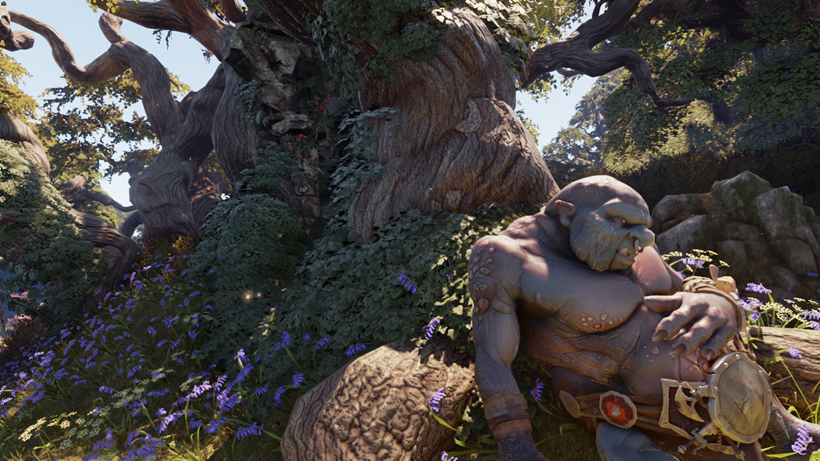


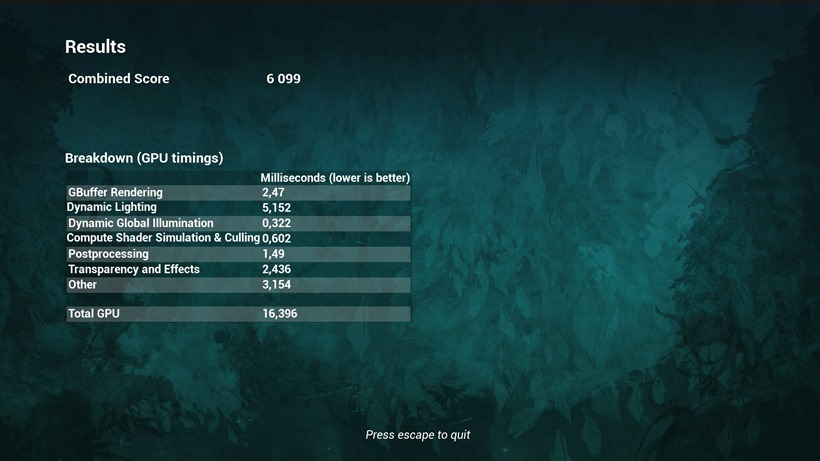
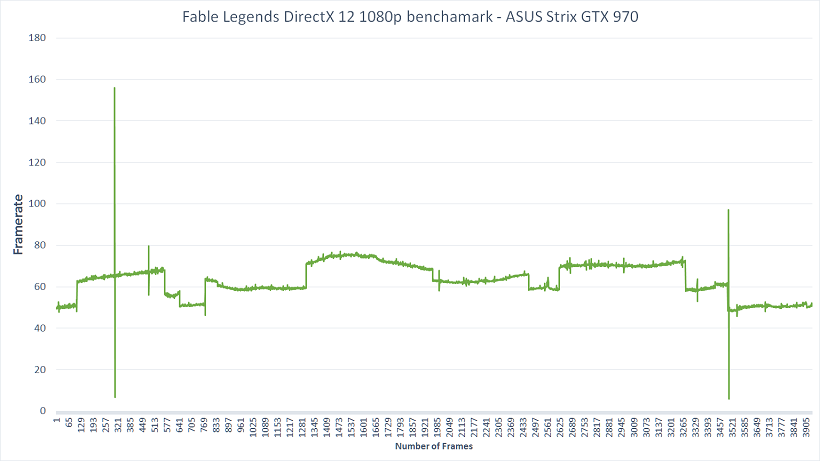


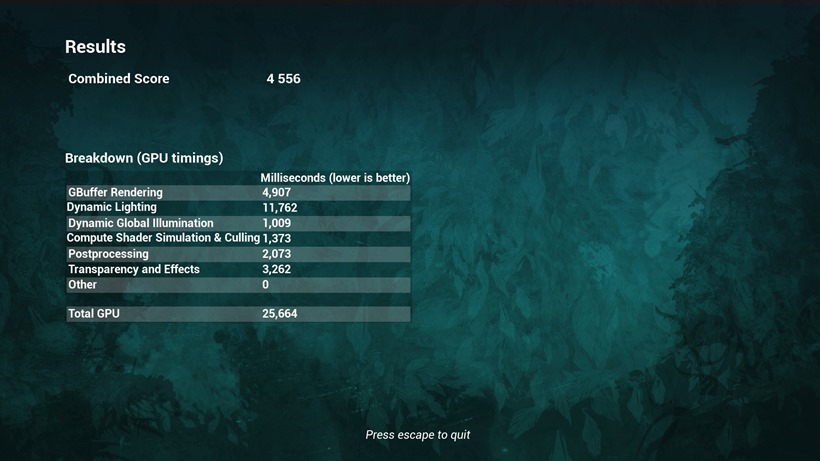
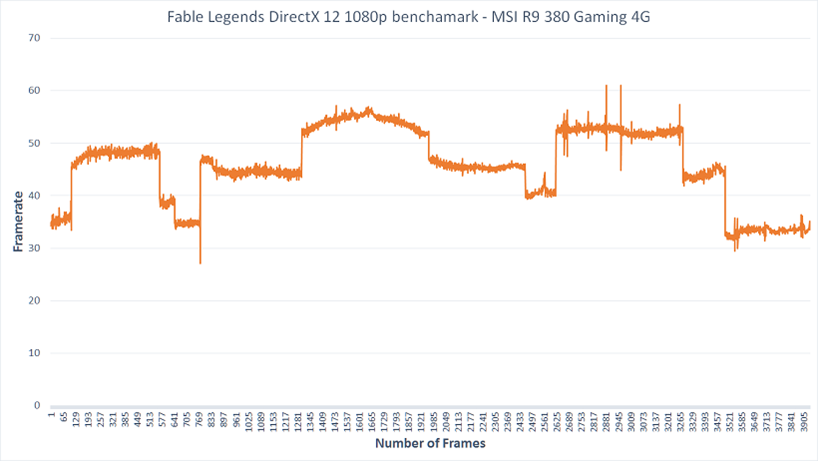
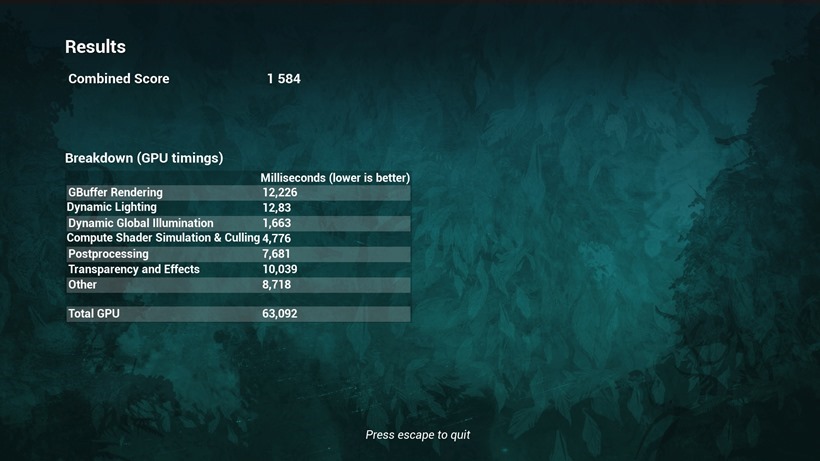
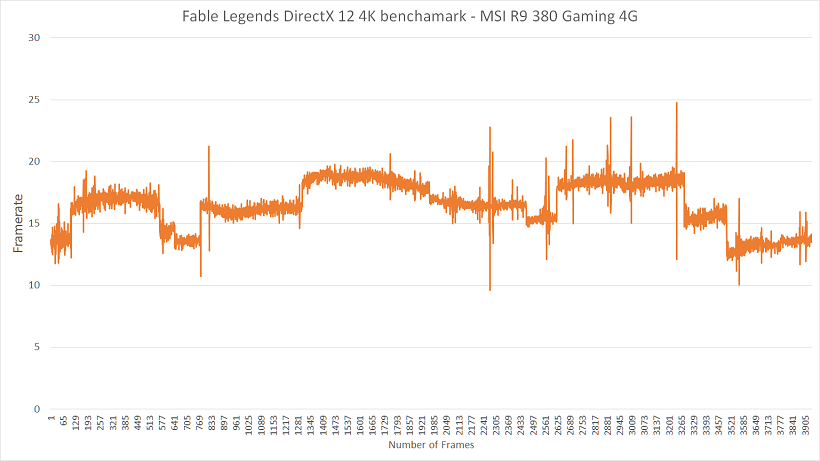
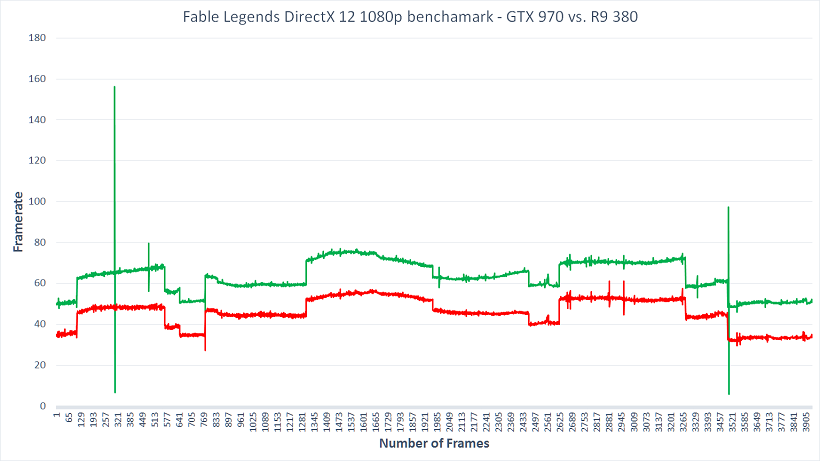
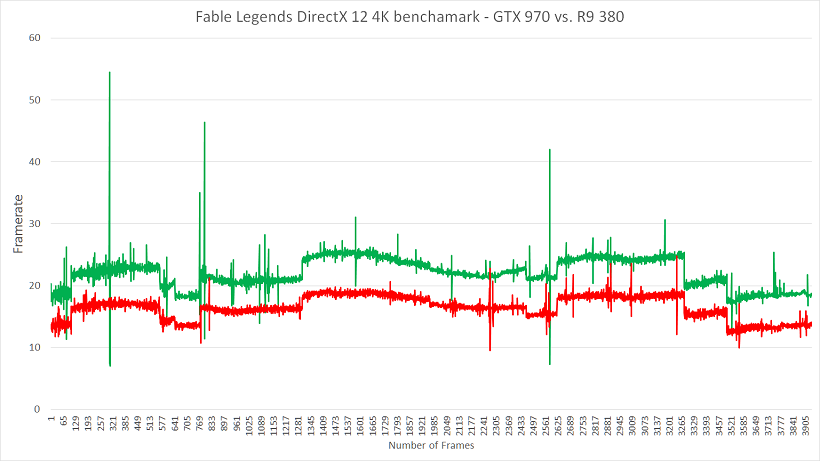






















Kromas untamed
September 24, 2015 at 19:35
I would rather like to see the perf done on a R9 Fury with HBM than a re-branded old card.
Alessandro Barbosa
September 24, 2015 at 21:36
So would I – but getting hardware locally for these test is a little tricky 🙁
pcxmac
September 24, 2015 at 21:43
isn’t the r9 380 like well in excess of a 100$ less than the 970?
please compare like priced cards next time. Bang for your buck, it looks like the AMD card won.
vericarrr
September 24, 2015 at 21:56
WTF? Why compare a r9 380 witch a gtx 970? THE SAME RANGE PRICE IS THE R9 390/GTX 970, not the r9 380/gtx 970. AH! Because the R9 390 at same price is more powerfull than the GTX970…..
Potatoneitor
September 24, 2015 at 23:08
Can you do a R9 380 Crossfire review? the aren’t many on the web.
roger crouch
September 25, 2015 at 00:28
The “Hey, lets compare a reduced shader 980 to a two year old budget card” benchmark. Nice. Now go get a 960 and show us THAT benchmark set. Idiot review sites…
rp1367
September 25, 2015 at 01:44
It is not neck to neck. The cheaper R9 390 is kicking the asses of both GTX 970 and GTX980.
https://www.extremetech.com/gaming/214834-fable-legends-amd-and-nvidia-go-head-to-head-in-latest-directx-12-benchmark
rp1367
September 25, 2015 at 01:50
Your review is bias. You compare the r9 380 with GTX 970. There is r9 390 which is cheaper than the GTX 970 and 980 but is more faster than both cards.
http://www.newegg.com/Product/ProductList.aspx?Submit=ENE&DEPA=0&Order=BESTMATCH&Description=r9+390&N=-1&isNodeId=1
https://www.extremetech.com/ga…
HairyEwok
September 25, 2015 at 08:19
It’s uncanny how similar the charts are with FPS. But my worries are that a card that goes for R6k is compared to a card that goes for R4k. Shouldn’t the test maybe have been a 970 against a R3 390? I understand hardware is tough to get in our country but still joh.
mrben829
September 25, 2015 at 11:12
It should have been done with a r9 290, as its a competitor to the GTX 970.
RSVP
September 25, 2015 at 14:07
..
Francois Knoetze
September 29, 2015 at 17:14
AH ha!! been looking for a place to put this!